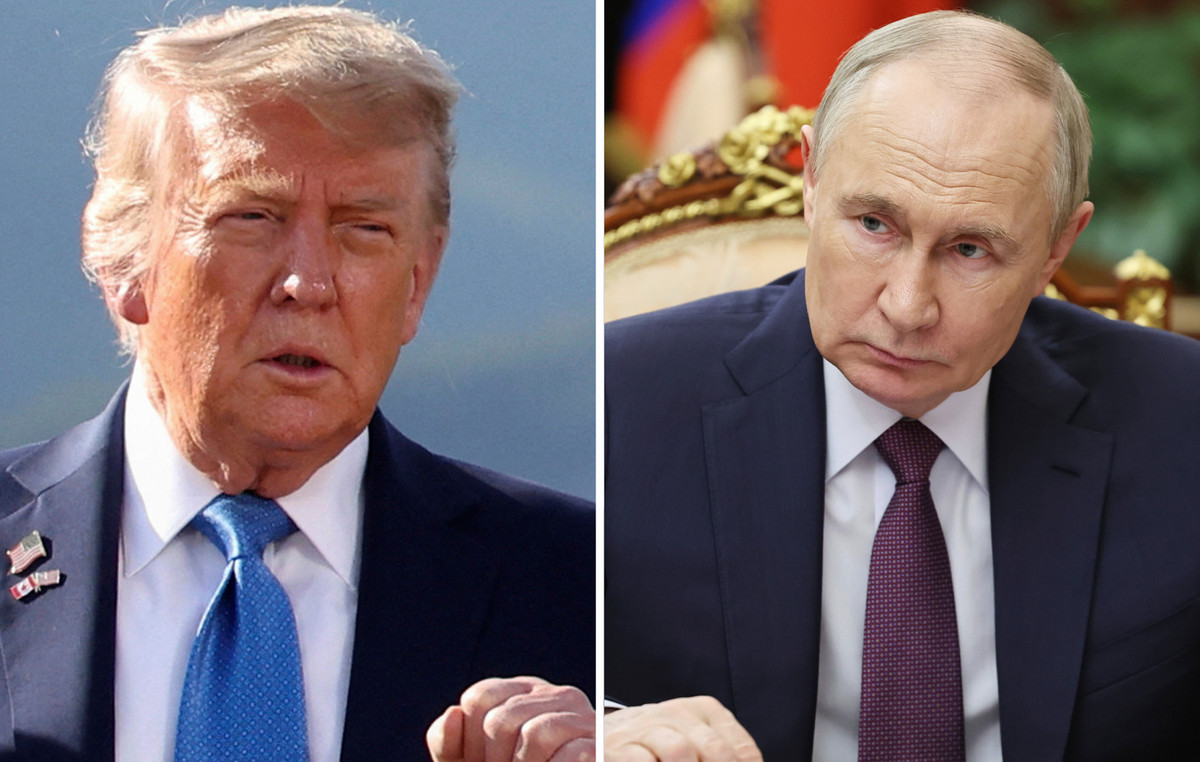- The Dollar falls 0.10% on the day against the Chilean Peso, remaining within the operating range of the previous session.
- Weekly unemployment benefit claims stand at 224,000, above market forecasts.
- The US economic agenda includes the speech of Thomas Barkin, member of the FOMC.
- Chile will publish inflation for November tomorrow.
The USD/CLP established a daily high of 975.25 as it found sellers that took the cross to a daily low of 971.65. Currently, the USD/CLP trades above 974.32, falling 0.10% in Thursday’s session.
The Chilean peso gains ground after economic data from the United States
The United States Department of Labor announced that weekly applications for unemployment benefits stood at 224,000 in the week ending November 29. This figure is higher than the 215,000 previously estimated by analysts.
On the other hand, investors will be attentive today to the statements of Thomas Barkin, president of the Federal Reserve Bank of Richmond, in search of clues that define the pace of rate cuts in the short term.
The National Institute of Statistics (INE) will release the Chilean Consumer Price Index tomorrow. An increase of 0.3% is expected compared to the 1% registered in October.
Technical levels in the USD/CLP
USD/CLP reacted lower at short-term resistance, given by the November 14 high at 989.15. We see the first short-term support zone at 940.90, close to the 50% Fibonacci retracement. The next key support zone is at 881.85, the May 20 pivot point.
USD/CLP Daily Chart

The US Dollar FAQs
The United States Dollar (USD) is the official currency of the United States of America, and the “de facto” currency of a significant number of other countries where it is in circulation alongside local banknotes. According to 2022 data, it is the most traded currency in the world, with more than 88% of all global currency exchange operations, equivalent to an average of $6.6 trillion in daily transactions. After World War II, the USD took over from the pound sterling as the world’s reserve currency.
The single most important factor influencing the value of the US Dollar is monetary policy, which is determined by the Federal Reserve (Fed). The Fed has two mandates: achieve price stability (control inflation) and promote full employment. Your main tool to achieve these two objectives is to adjust interest rates. When prices rise too quickly and inflation exceeds the 2% target set by the Fed, the Fed raises rates, which favors the price of the dollar. When Inflation falls below 2% or the unemployment rate is too high, the Fed can lower interest rates, which weighs on the Dollar.
In extreme situations, the Federal Reserve can also print more dollars and enact quantitative easing (QE). QE is the process by which the Fed substantially increases the flow of credit into a clogged financial system. This is an unconventional policy measure used when credit has dried up because banks do not lend to each other (for fear of counterparty default). It is a last resort when a simple lowering of interest rates is unlikely to achieve the necessary result. It was the Fed’s weapon of choice to combat the credit crunch that occurred during the Great Financial Crisis of 2008. It involves the Fed printing more dollars and using them to buy US government bonds, primarily from financial institutions. QE usually leads to a weakening of the US Dollar.
Quantitative tightening (QT) is the reverse process by which the Federal Reserve stops purchasing bonds from financial institutions and does not reinvest the principal of maturing portfolio securities in new purchases. It is usually positive for the US dollar.
Source: Fx Street
I am Joshua Winder, a senior-level journalist and editor at World Stock Market. I specialize in covering news related to the stock market and economic trends. With more than 8 years of experience in this field, I have become an expert in financial reporting.







